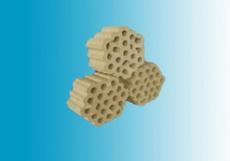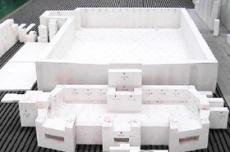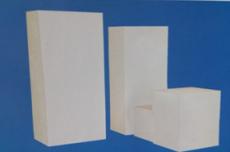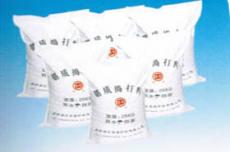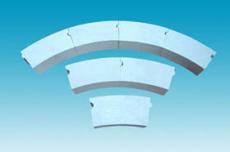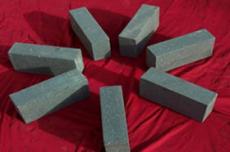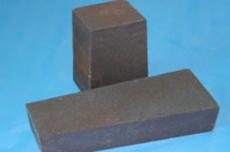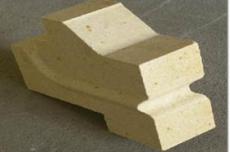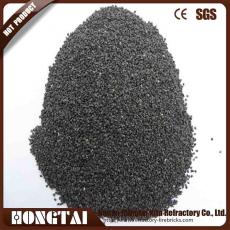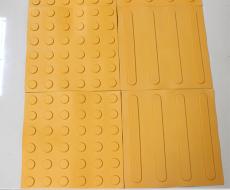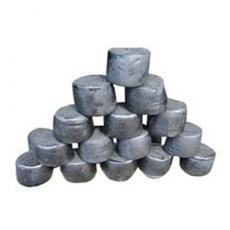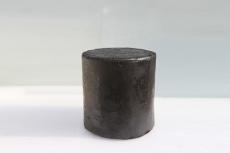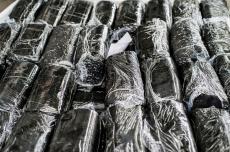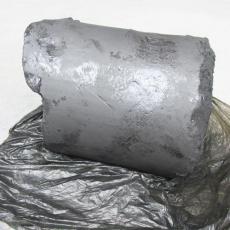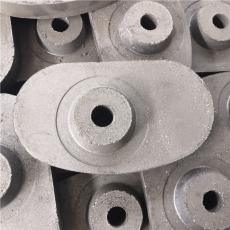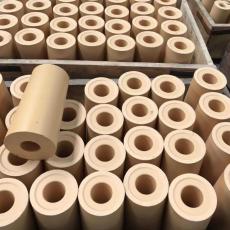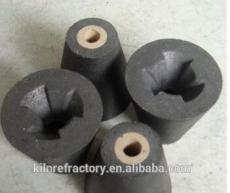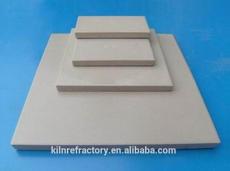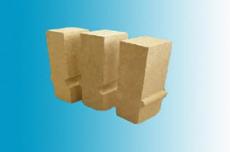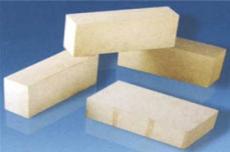
Lightweight multi-layer refractory materials are increasingly widely used in the cement industry, and their unique performance advantages have brought significant benefits to cement production. The following is a detailed introduction to the application of lightweight multi-layer refractory materials in the cement industry:
1. Material properties
Lightweight multi-layer refractory materials combine the characteristics of lightweight and multi-layer, and have the following main advantages:
Lightweight and high strength: By introducing lightweight aggregates and pore-forming agents, the density of the material is reduced while maintaining high compressive strength.
Low thermal conductivity: The porous layer in the multi-layer structure has high porosity, which helps to reduce the thermal conductivity of the material and improve the thermal insulation performance.
Erosion resistance: The dense layer can resist the erosion of high-temperature materials such as cement clinker and extend the service life.
Thermal shock stability: In high-temperature environments, the multi-layer structure helps disperse thermal stress and improve the material's thermal shock stability.
2. Specific applications
kiln lining
Working layer: As the part in direct contact with cement clinker, the working layer requires high refractoriness, low porosity, high strength and high thermal shock resistance. Dense layers (such as spinel layers) in lightweight multi-layer refractories meet these requirements and protect the kiln from high temperatures.
Insulation layer: Located behind the working layer, the main function of the insulation layer is to prevent heat loss. The porous layer (such as the layer containing rice bran) in multi-layer refractory materials has high thermal resistance, which can significantly reduce heat conduction and improve the insulation effect of the kiln. For example, in the decomposition zone of the rotary kiln, lightweight multi-layer refractory materials such as lightweight wear-resistant bricks are widely used. Their low thermal conductivity and volume density help to lower the cylinder temperature and reduce heat loss.
Grate cooler top
The environment at the top of the grate cooler is harsh and the hot air flow is severely eroded. The use of lightweight multi-layer refractory materials combined with new lining structures such as ceramic anchors can significantly increase the service life of refractory materials and reduce the number of repairs and downtime. This lining structure has been put into use in Wuhu Railway Cement Plant, Taiwan Cement (Chongqing) Cement Co., Ltd. and other cement plants, with good results.
3. Technical advantages
Improved energy efficiency: Lightweight multi-layer refractory materials significantly reduce heat loss during cement production and improve the energy efficiency of kilns by reducing thermal conductivity and improving thermal insulation properties. For example, when the wind speed on the surface of the kiln barrel is 2.5m/s and the average outdoor temperature is 25°C, the temperature of the barrel using lightweight wear-resistant bricks can be more than 40°C lower than the surface temperature of the barrel using silica molybdenum bricks. Can save a lot of heat.
Extended life: Good corrosion resistance and thermal shock stability enable lightweight multi-layer refractory materials to maintain a long service life under harsh working conditions, reducing the frequency of repairs and replacements.
Reduced costs: While the initial investment may be higher, in the long run, overall costs are reduced due to reduced repairs and downtime. In addition, lightweight multi-layer refractory materials are prepared from a wide range of raw materials, and low-cost materials such as industrial waste residue can be used, further reducing production costs.
